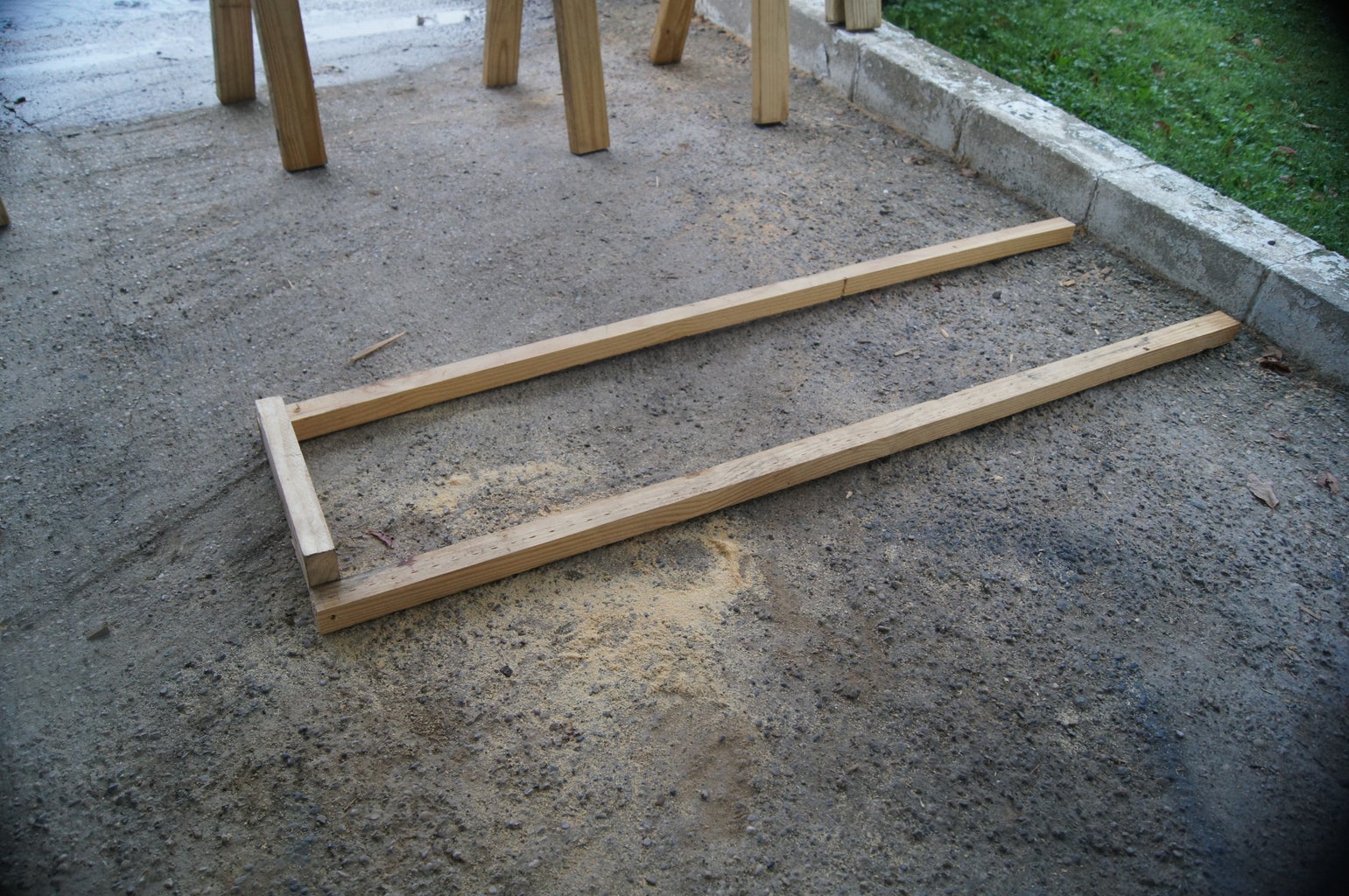
Building an In-Wall Gun Cabinet with Multiple Compartments
An in-wall gun cabinet offers a discreet and secure way to store firearms within your home. Building one with multiple compartments allows for organized storage and tailored security measures for different types of firearms. This guide provides a comprehensive approach to constructing an in-wall gun cabinet, covering planning, material selection, and step-by-step instructions.
Planning Your In-Wall Gun Cabinet
1. Determine Location and Size
Choosing the right location is crucial. Consider factors like accessibility, proximity to electrical outlets, and potential wall studs. Measure the available space to determine the cabinet's dimensions. Remember to account for the thickness of the drywall and any finishing materials.
2. Design the Cabinet Structure
Sketch out your design, considering the number of compartments, their sizes, and any desired features like shelves, drawers, or locking mechanisms. A simple design with two or three compartments might be ideal for beginners, while more complex structures can cater to larger collections.
3. Material Selection
The primary material for the cabinet frame should be sturdy and resistant to moisture. Consider using:
- Wood: Oak, maple, or walnut provide strength and aesthetic appeal.
- Metal: Steel or aluminum offer robust construction, particularly for high-security applications.
- Plywood: Strong and lightweight, plywood can be a cost-effective option.
For the doors and compartments, consider using:
- Solid wood: Provides a traditional look and good security.
- MDF (Medium-Density Fiberboard): A budget-friendly option, MDF can be painted or stained.
- Metal: Offers superior strength and resistance to tampering.
Building the Gun Cabinet Frame
1. Cutting and Assembling Frame Components
Cut the wood or metal frame pieces to your desired dimensions. Use a circular saw or miter saw for precision. Ensure all cuts are square and accurate. Assemble the frame using wood glue and screws. For a sturdier frame, consider adding corner braces or gussets.
2. Installing the Frame in the Wall
Locate wall studs and mark their positions on the wall. Install the frame using screws that penetrate the studs for secure anchoring. Ensure the frame is level and plumb using a level and plumb bob.
Creating Compartments and Doors
1. Building Compartment Shelving
For each compartment, cut shelves to size and install them using shelf supports or brackets. Use strong brackets that can handle the weight of the firearms. Consider using adjustable shelves for flexible storage.
2. Crafting Doors
Cut door panels to size. Attach hinges to the door panels and frame. If using solid wood doors, reinforce them with cross-bracing for extra strength. Install locking mechanisms for each door.
3. Adding Finishing Touches
Apply a finish to the wood, such as paint, stain, or varnish, for protection and aesthetics. If using metal, consider powder coating or painting for a durable finish.
Security Considerations
1. Locking Mechanisms
Utilize high-quality locking mechanisms, including multiple locks, deadbolts, or a combination lock. Consider using biometric locks for enhanced security.
2. Security Plate
Install a sturdy security plate on the outside of the cabinet for added protection against forced entry. This plate should cover the entire cabinet face and be anchored to the wall studs.
3. Concealing the Cabinet
Consider camouflaging the cabinet's appearance by integrating it with surrounding décor. Paint it to match the wall color or add a decorative covering.
Finishing Touches
1. Interior Lighting
Install interior lighting to illuminate the cabinet's contents. Use LED lights for energy efficiency and a long lifespan.
2. Ventilation
Ensure proper ventilation to prevent moisture build-up and potential damage to firearms. Install small vents in the cabinet for air circulation.
3. Final Touches
Add any desired accessories such as gun racks, hooks, or foam inserts to organize and secure your firearms.
Safety Precautions
Before starting any project, carefully read all safety instructions and wear appropriate personal protective equipment (PPE), including safety glasses, gloves, and hearing protection. Use caution when handling power tools and follow all safety guidelines for handling firearms.
Conclusion
Building an in-wall gun cabinet with multiple compartments requires careful planning, attention to detail, and a commitment to safety. By following these steps, you can create a secure, organized, and aesthetically pleasing storage solution for your firearms.








No comments:
Post a Comment